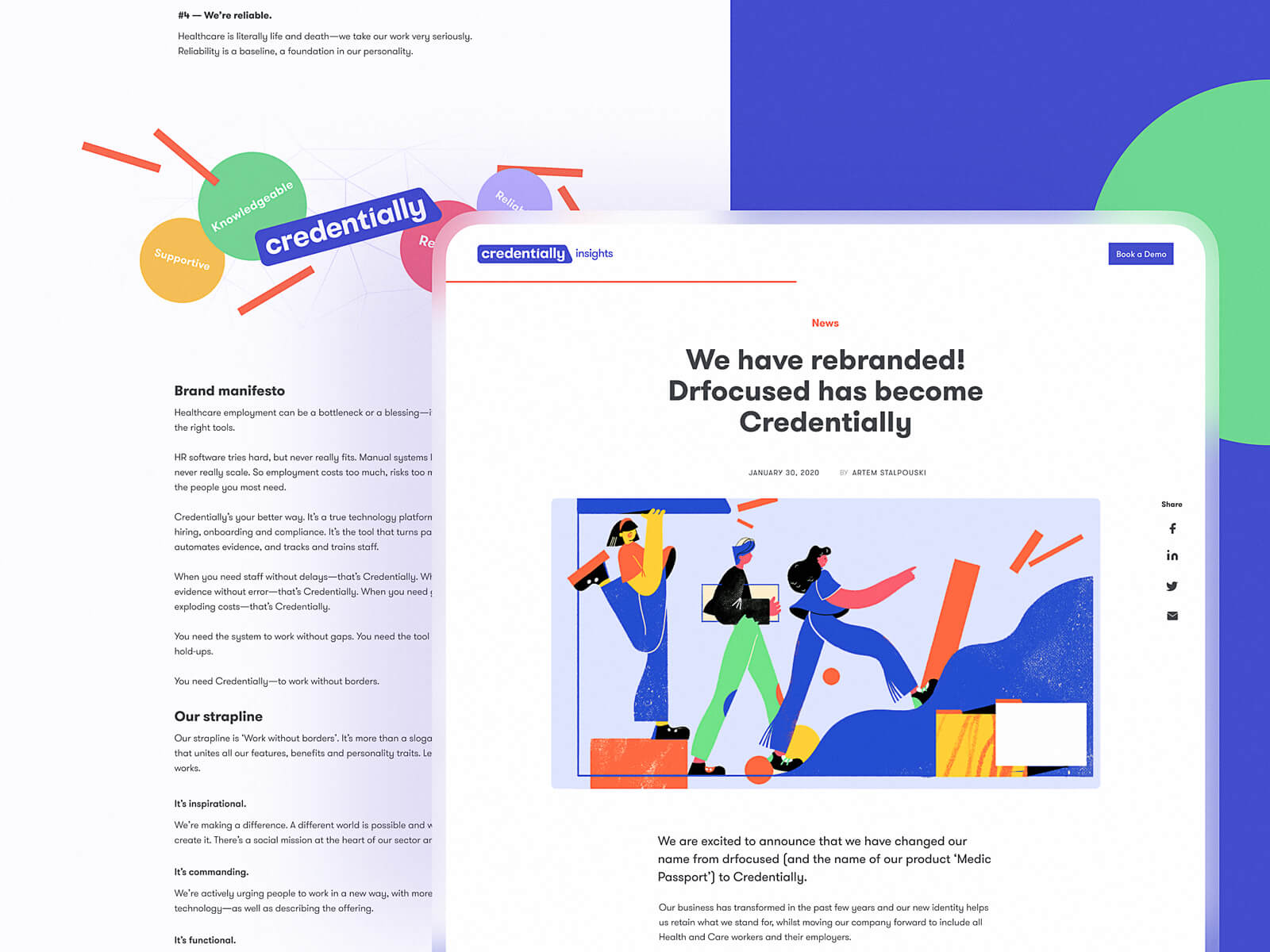Web Design Insights For People Of All Ages And Experience

If you think every website is pretty similar to one another, carefully examine a site like Twitter, then check out some random kid’s site on Google Sites. It should be immediately obvious that good web design is of paramount importance. The advice shared here will be instrumental in helping you understand web design.
Ensure that your website can pass the NoScript test. Download and activate the NoScript extension for Firefox and see if your site is still readable. Some types of content, such as product ordering systems, won’t work without scripts, however if your website looks completely blank without any scripts, you have work to do.
Be sure that scanning your website is a simple matter. Usability testing has shown that visitors are interested in scanning the content for items of value, rather than reading every word. Broken into sections, text becomes more readable and visitors willingly return. Important content that you do not want visitors to miss should always be placed at the top of each page. This helps make sure that visitors get the information they need in the quickest way possible.
Internet Explorer
Be sure your site can handle Internet Explorer, both new and old versions. People may say they dislike Internet Explorer, but a majority of them still use it. Unfortunately, many aspects of your site may not be compatible or displayed properly due to outdated rendering standards, so you may have to create some fixes for the elements that do not work properly. Make sure to look at the infamous “box model bug,” which has been an issue for IE for several years.
The file types that you utilize for your website’s graphics directly affect file sizes which in turn affect how quickly your website loads. You should use GIFs or JPEGs for graphics. PNG and BMP files offer advantages for web graphics, but the file sizes are too much for internet load times. You can convert the larger graphics into a more manageable size to help your viewers have a better user experience.
Make sure to test early and to test quite often. You need to use your website as a reader would in usability tests early in the design process. That will allow you to make necessary design changes during the build process.
You have a wealth of information online you can refer to when you’re stuck in a site design jam. The Internet has millions if not billions of web pages you can draw inspiration from. Find a site you admire, figure out why you like it, and determine whether or not you can improve upon its premise. Expand on those appealing aspects to help you build your own website. It is important to transform the idea to make it better.
Hosting your own site may not be a wise idea, regardless of how much money you have to invest. Design as much as you can on your own, though allow somebody else to do the hosting. This will save you a lot of time, and provide you with the ability to concentrate on other important things apart from the security and safety of your site.
You can utilize a development platform that provides you with the code for your website; however, the code generated is often not as dependable as code written yourself via text editor. The idea with a platform is that you design the site features, and then paste the generated code. To minimize errors and work with the code in a more hands-on way, choose a standard text editor.
Stay creative and forward-thinking when you design your site! Come up with your own ideas and features or improve upon some that you admired on other sites. You will be able to get great benefits from following this step.
Someone Else
Throughout the design process, you should perform useability tests periodically. Have someone test each new feature that you add. A video that loads slowly may mean nothing to you, but someone else may disagree. Even more importantly, a video may load quickly for you, but not load at all for someone else. Feedback from others will be invaluable to you as you build your site.
You should improve your time management as you build your website. This will help you get it done more efficiently. Designing a website can require lots of small tasks that you might want to put off till later. Sooner or later you will become overwhelmed with tiny tasks if you put them to the side. That’s why it’s important to take care of each little task as it presents itself.
Remember that the process of designing your website continues even after your site goes live. You should strive to stay involved with your website’s design. You won’t need to update it constantly, but regular updates are a must. That is particularly the case if you host videos or deal with current events. Unfortunately, creating updates to a website is not quite as easy as just throwing up a fresh blog. You will have to work differently to keep it current, but you’ll get the hang of it.
Build a visual sitemap for your website so that you can plan your site architecture efficiently. You’ll be able to visualize how your site is growing as you add each new part. From here, you will be able to pinpoint any area that needs some improvements, or any area you may have neglected. You cannot discount having a clear image of your end product.
You probably won’t create the next Facebook or Twitter. Sadly, the odds are not in your favor. That said, you can create a perfectly competent site that has many of the same features as major corporate sites if you study web design for a while. Use the tips laid out here, and start designing today!